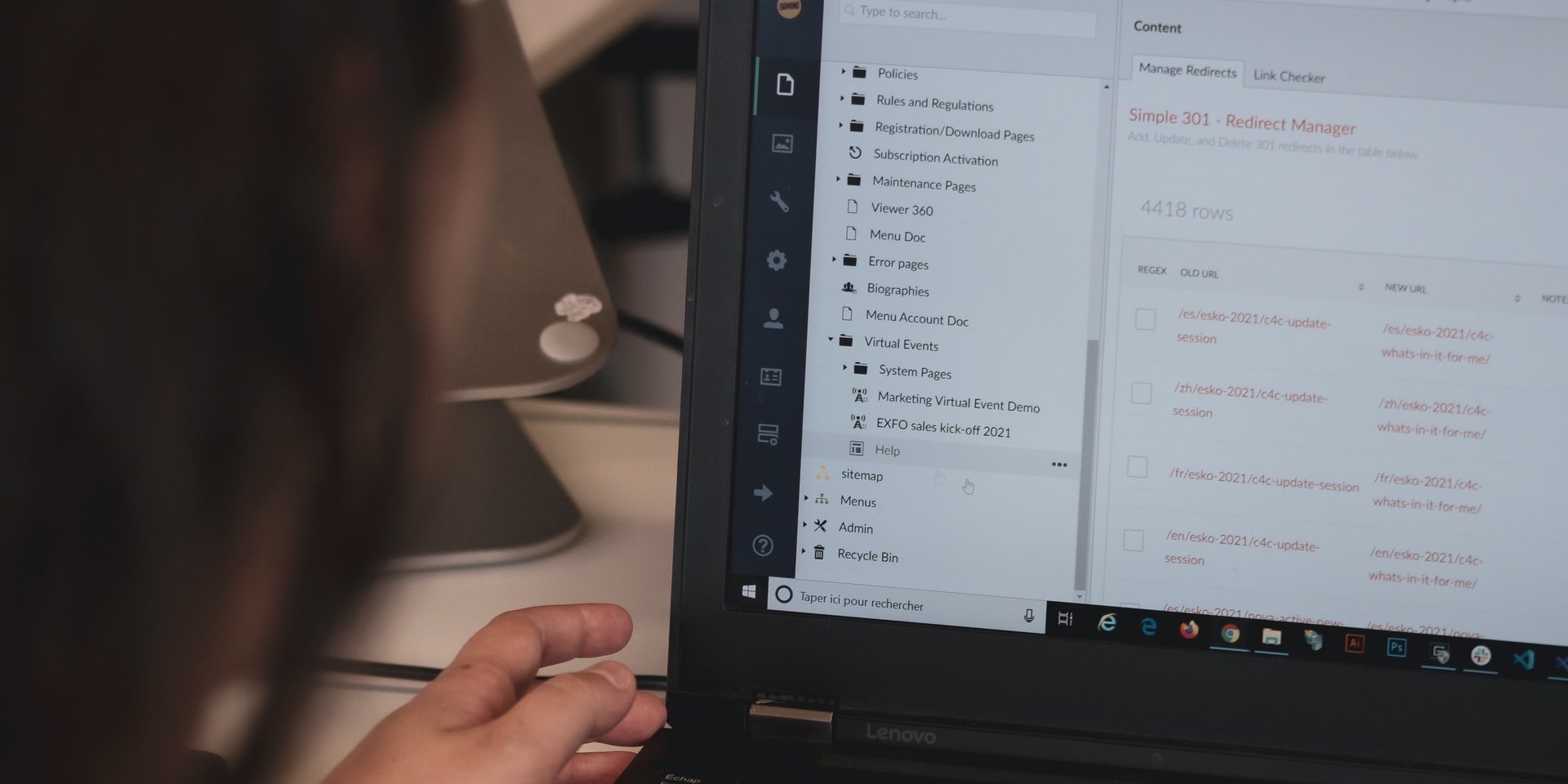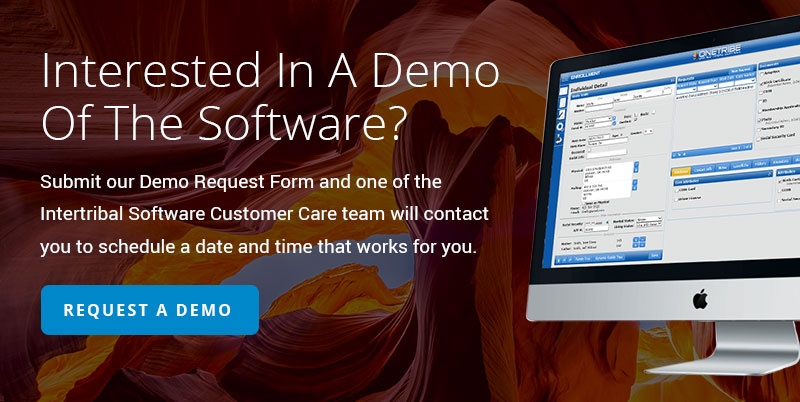
Much of tradition and genealogy from tribal governments are passed on through village elders. In fact, it’s where the term “tribal knowledge” comes from – applying expertise from long-standing employees and elders that comes from years of operational experience. When someone’s name always comes up or a manager seems to always have the fix and trust of others to solve specific problems, you know tribal knowledge is afoot. Although robotic process automation (RPA) causes a dismantling of this line of thought, and instead brings forth processes openly for everyone to see rather than deferring to a single person, this is a good thing for efficiency and bottom line.
Tribal knowledge for today’s high-volume tasks can actually be detrimental to organizations needing to expedite processes and improve customer experience for members. Here’s more on how RPA can help your tribal government:
Why RPA for My Tribal Village?
More Transparency
First and foremost, RPA creates more transparency for tribal governments. Its virtual workforce ensures process improvement that still values a human workforce – instead expanding possibilities for staff to flourish. Rather than being stuck in manual, repetitive work, staff are freed up to impact big picture change and feel more fulfilment in helping other members of the village.
Village elders may feel this is disruptive to their roles, yet automation can solve many of the pain points common in a tribal government such as limited resources and compliance issues. This technology is especially important if productivity dips when your star performer is out or unavailable to solve a problem.
Safety Measures for Processes
Most of the time, tribal knowledge is helpful, but not always accurate or applicable to everyone within a tribe. Technology changes can affect positive change, but if someone’s intent on doing something “their way,” it can halt progress on improving a workflow. Village elders as a way of maintaining power may not always be forthcoming about how they approach a particular operation.
With RPA, you can build contingencies with rules-based workflows so future members or others unfamiliar with a process will be able to defer to the tech to help facilitate. Think of it as an extra precautionary piece built into your everyday solution – saving you time and headache anytime it’s needed.

Real-Time Data and Impact
Having a virtual workforce alongside your human workforce is valuable for metrics. Custom dashboards and reports can be automatically generated with RPA to bring attention to how processes in one area may be slower than others. This gives opportunities to identify areas where tribal knowledge may be more pervasive in some areas than others. Finding redundancies will also improve morale and boost productivity.
Using RPA as an asset with your human workforce and enacting positive change increases morale as long as everyone’s bought into the new approach. Be sure you communicate the intentions behind using technology, as a means of aiding staff and not removing or making their work redundant, and you’ll find agreement with a goal of improvement for the whole tribe.
Work With Tribal Knowledge, Not Against it
You’ll find tribal knowledge will always be around – people like to feel they’re in control and valued for their expertise. But enlisting automation as an extra contingency will provide more visibility into your processes and save time for everyone involved. Technology has enormous capacity to ease the burden of high-volume work and boost customer satisfaction for your tribe members – all while working alongside your existing technology. Transparency is the first step toward a truly unified tribe ready to use technology to better members’ lives. If you’re interested in a demo or want to learn more, feel free to contact us.
Sign Up For Our Newsletter
Recent Posts
- Innovations in Housing: Revolutionizing Tribal Housing with Digital Tools for Management
- Empowering Tribal ICW Departments: Achieve ICWA Compliance and Certification Success with OneTribe® Software
- OneTribe CCA - Your Child Care Data Tracker Replacement Solution
- Transform Your Tribal Member Services With Integrated Software Solutions
- Intertribal Software Raises Strategic Investment
Categories
- OneTribe Software
- digital transformation
- tribal government software
- Laserfiche ECM
- Intertribal Software Consultants
- Childcare Assistance
- Housing Management
- Intertribal Software
- tribal member management
- AFCARS Data Collection
- Child Care Data Tracker
- Child Welfare
- Housing
- ICWA
- ICWA Compliance
- Indian Child Welfare Act
- OneTribe Platform
- Title IV-E Certification
- Tribal Data Tracker
- Tribal Family Services
- Tribal Housing
- Tribal ICWA Software

